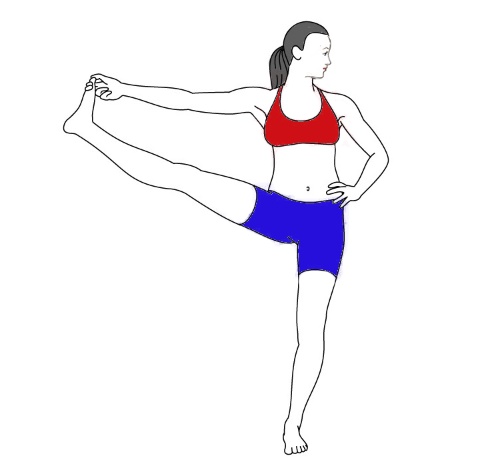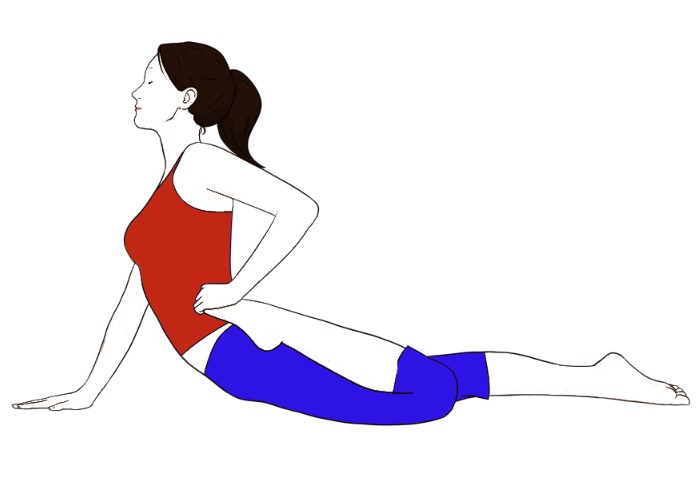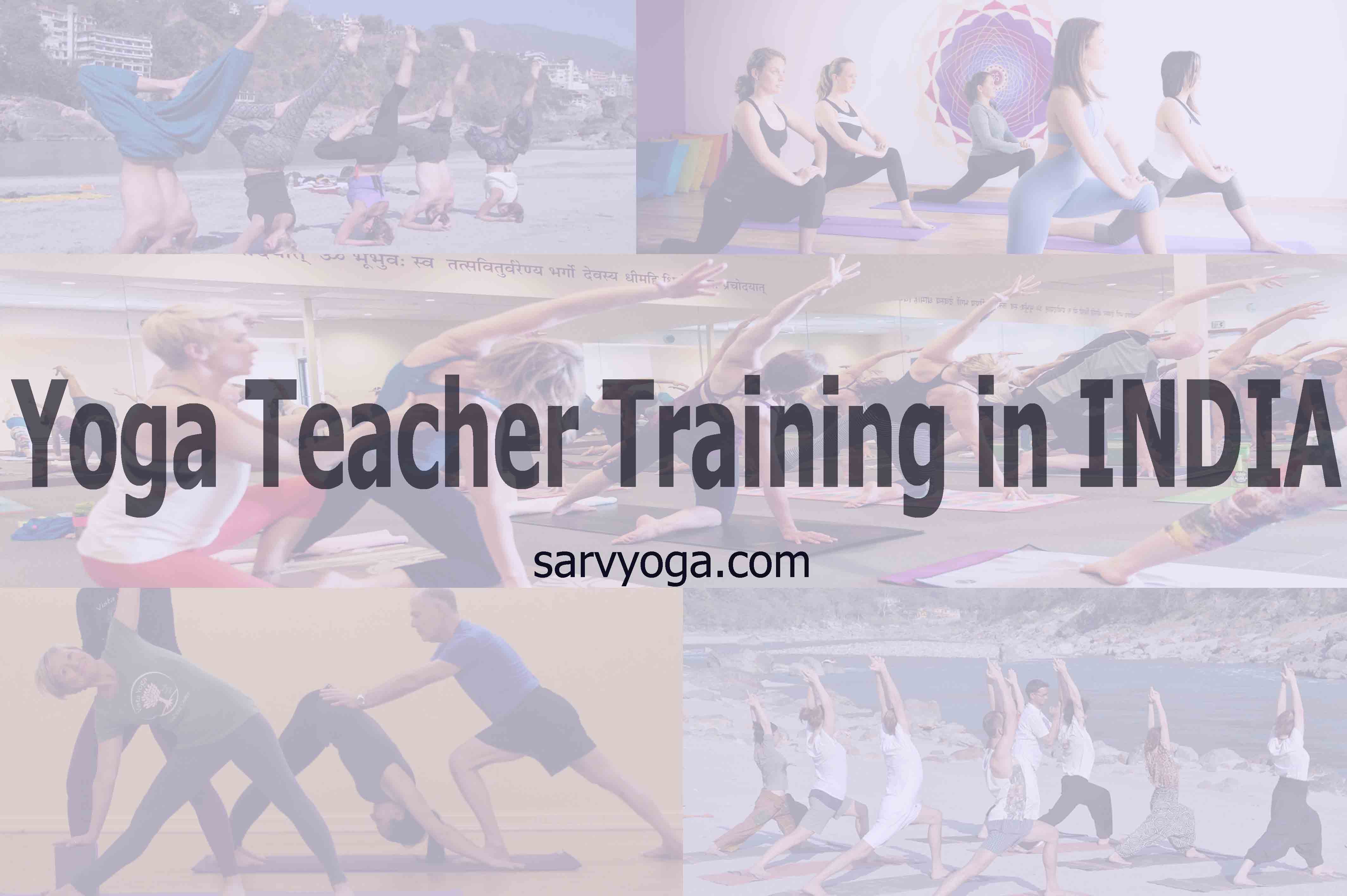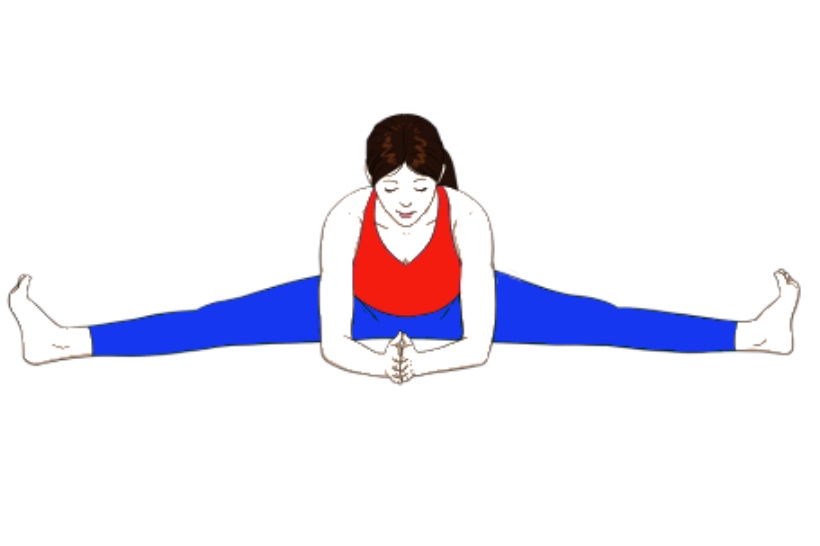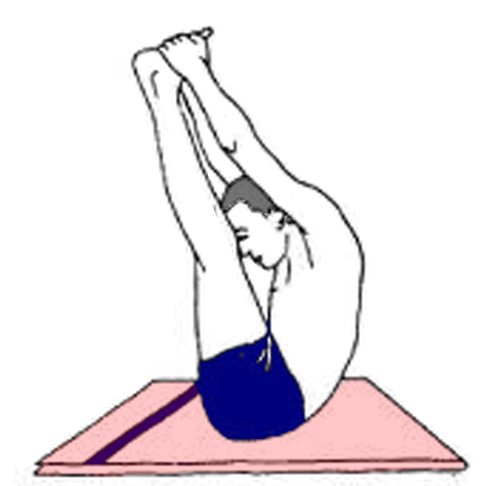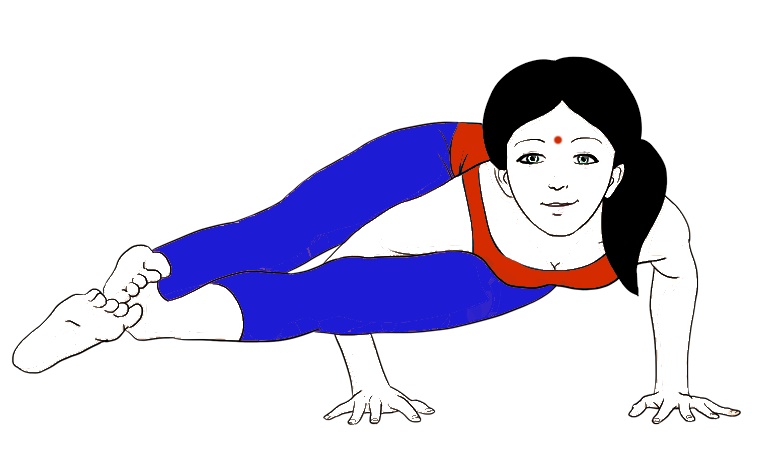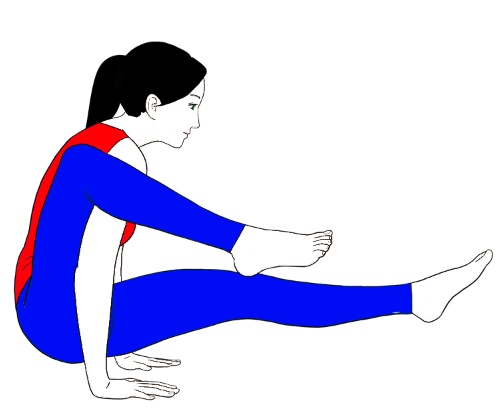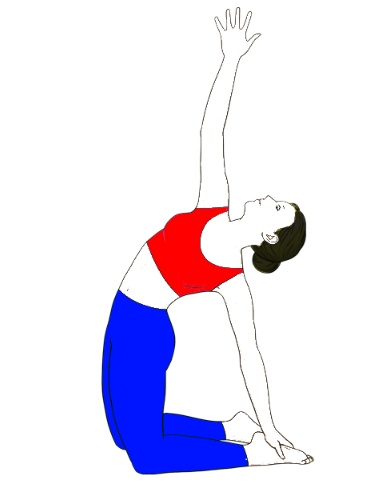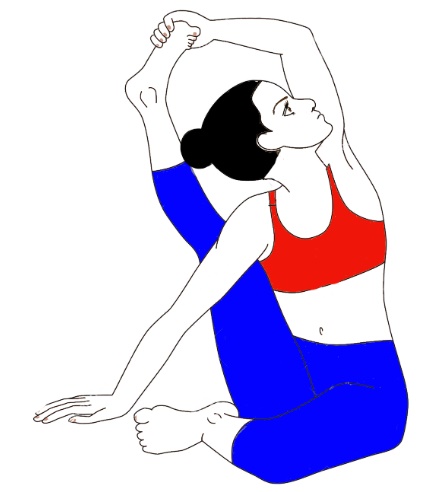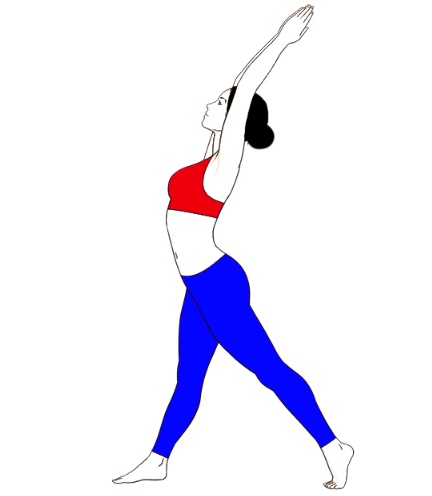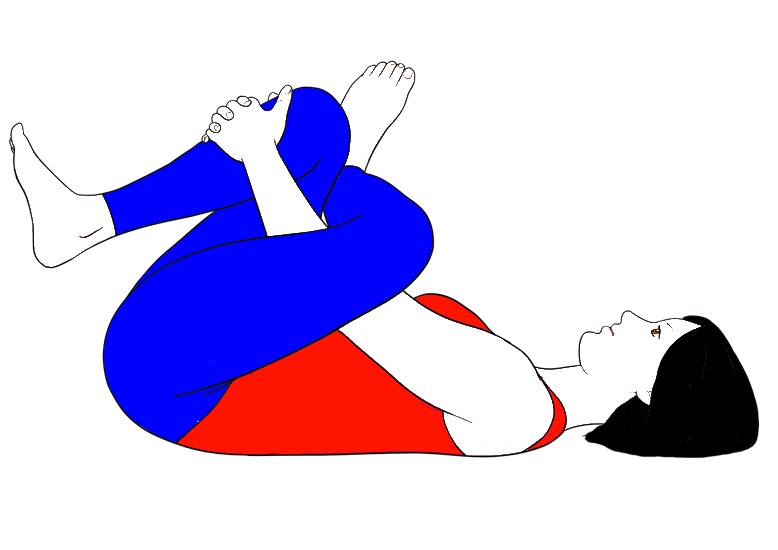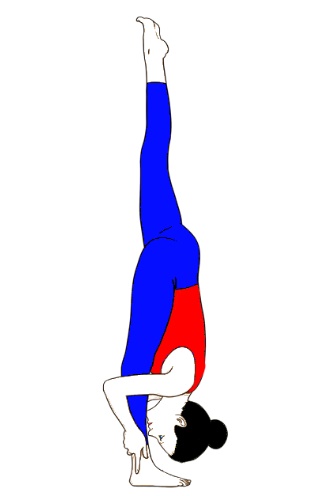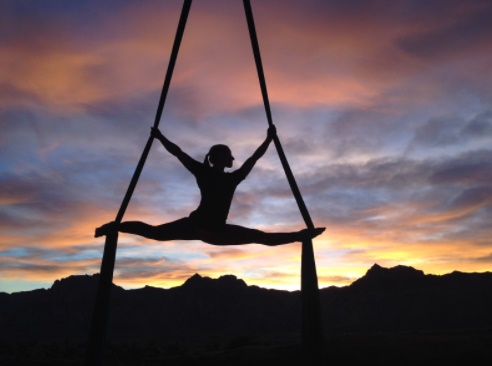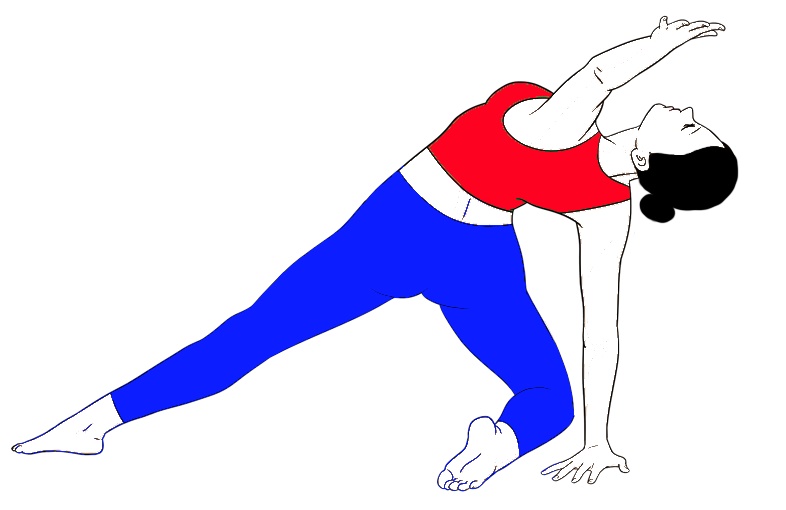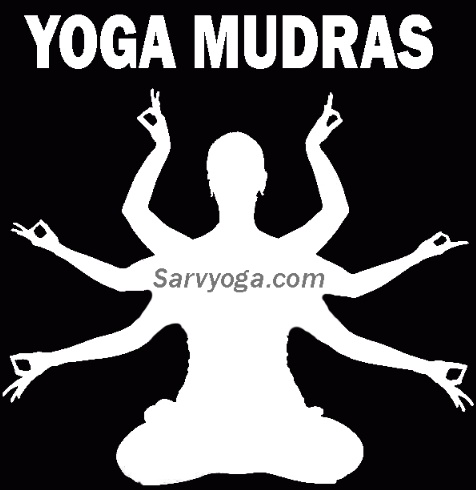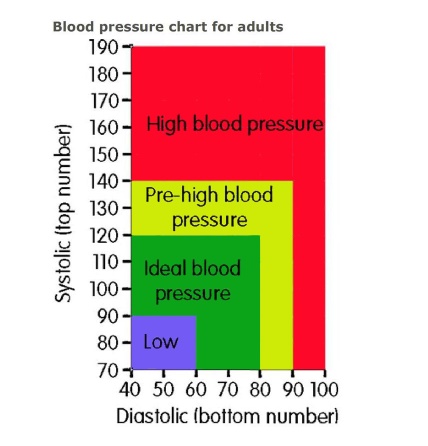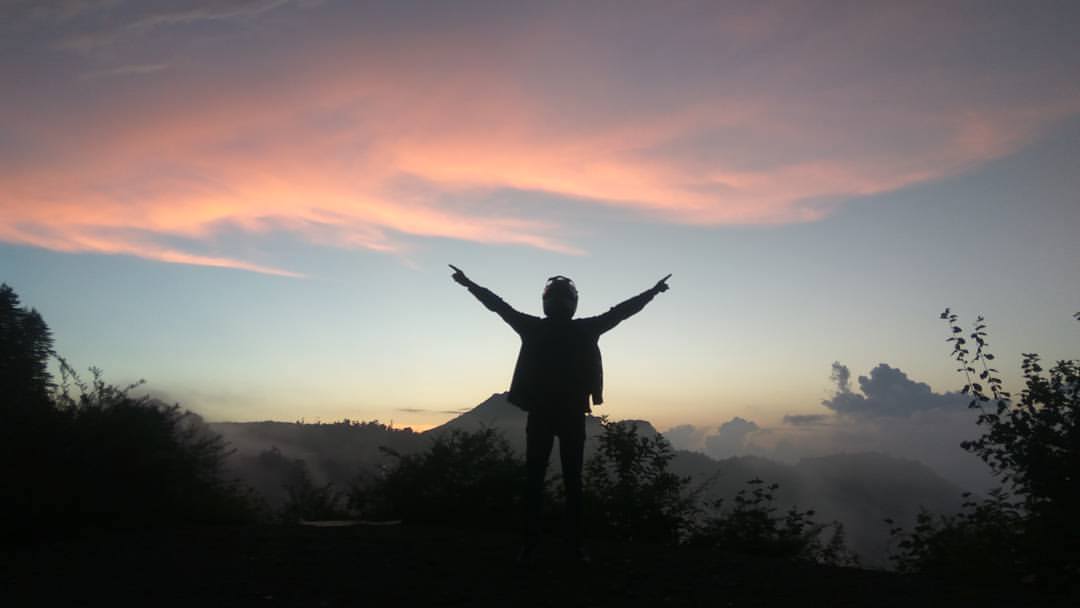As you know that, our body is made up of five elements which are – Fire, Air, Space (Sky or Aakash in Hindi), Earth and water. The whole universe is constituted of these five elements. These are very important elements for the earth and for us. Mudra has its own importance in yoga and it is an important part of Yoga. There are many kinds of Mudra but in this section, we will discuss Hand Mudra (Hasta Mudra).
![]() Hasta means Hand and the meaning of Mudras are postures or special gesture form by fingers. Mudras are the refined form of Asanas. Mudra is correct and scientific yogic functions through which an individual can make or change, individual’s internal and external frame of mind i.e. Mental (emotional disturbance, intelligence, anger etc.), spiritual (Meditation, concentration), Physical (In different diseases and illnesses). In our body Thumb and Fingers represents the five elements which are given below:
Hasta means Hand and the meaning of Mudras are postures or special gesture form by fingers. Mudras are the refined form of Asanas. Mudra is correct and scientific yogic functions through which an individual can make or change, individual’s internal and external frame of mind i.e. Mental (emotional disturbance, intelligence, anger etc.), spiritual (Meditation, concentration), Physical (In different diseases and illnesses). In our body Thumb and Fingers represents the five elements which are given below:
Five fingers and Five Elements
- Thumb: – It represents the Fire (Positive element), Fire is important for us, it heats the substance, strengthens the body through digesting the food. Maintains flexibility of muscles and healthy skin and stimulates hunger and thirst.
- Index Finger: – It represents the Air element (Positive element); it controls the function of the heart, circulation of blood. It maintains balance, strengthens our lungs, downward movement of urine and stool along with moves phlegm and bile.
- Middle Finger: – It represents the Space (Negative element); it creates pain and leads to heart attack, fainting, and paralysis. In order that air circulates and maintains the right balance, there has to be space and space cause blockage which is fatal.
- Ring finger: – It represents the element Earth (Neutral element); a Physical structure of the body like blood, flesh, and bones etc.
- Little finger (Pinky finger): – Water is the element for this finger (Negative element); in our body, more than 70% of water is present or in a simple word our body is composed of more than seventy percent of water. It helps in removing toxins from our body by lymphatic glands.
In Modern science we all know that the substance or matter is formed by three general parts: – Electron (Negative energy), Proton (Positive energy) and Neutron (No charge or neutral). Same as modern science, these five elements have positive, negative and neutral energy.
The theory of Hasta Mudra (Hand gesture)
- The whole universe is built up by five elements, Fire, Air, Space, Earth, and water. In our hand, five fingers stand for the five elements; which is described above.
- If theses five elements are in balance then our body remains healthy and in the case of any disturbance in these elements, it results in diseases. Five elements are so important because; it controls the body parts and their functions along with internal glands also.
- Modern science also confirms that around every tip of fingers there is a concentration of free electrons; when touched together the tips of the fingers to the other parts of our palms this Prana (free energy) is redirected back towards our by specified channels, back up to the brain. This redirected energy traveling by the nerves stimulates the different Chakras.
- The tension applied to the nerves and the neural or psycho-neural circuits made by the Mudras helps in balancing the basic five elements. The redirection and the balancing of the tension of the internal energy effects the changes in tendons, sensory organs, veins, and glands, which helps to bring the body back to a healthy state.
Benefits of Mudras
- Hand gesture adds peace and happiness to you and generates powers to provide development of your body and mind.
- Mudra gives miraculous change and excellent improvement in your body.
- It benefits you in all three states – Mentally, Physically and spiritually.
- It provides instant relief for many diseases.
- Some of them may balance the elements of the body within 45 minutes, and some of them are quick enough to act within a few seconds.
In this article, we discuss the most common and important Mudras; which are given below: –
-
Gyan Mudra (Mudra of Knowledge)
This is the most common mudra; perform this mudra when you are doing meditation.
Steps: – From your index finger tip touch the tip of your thumb and keep rest of fingers straight, free or slightly bent.
Benefits: – Improves your concentration. Boosts your brain power and make brain nerves strong. Helps to release stress and assists in meditation better.
-
Prana Mudra (Mudra of life)
Steps: – Sit in Lotus Pose (Padmasana) and bend your ring finger along with little finger and touch the tip of your thumb by these fingers tip and start meditation.
Benefits: – It is important mudra because it activates the energy in the body. Improves your eye sight and enhances body immunity. The body becomes energetic, active and healthy.
Steps: – Sit in any meditative pose; bent your index, middle, ring finger and touch the tip of your thumb with these fingers tip.
Benefits: – Beneficial in stammer and defective speech. Good for your throat.
Steps: – You can perform this mudra in a sitting, lying down or standing position. Bent your index finger and you can feel or see there are two bones in your fingers. These bones are called phalanx. While you fold your index finger, press the second bone with the base of your thumb. Keep rest of three fingers straight as much as you can.
Benefits: – Beneficial in Vayu related problems like – arthritis, knee pain, gout, sciatica, joint pain, paralysis. It is helpful in spine pain and neck pain.
(If you get the benefits from this mudra, avoid this because, after a specific time, this may cause imbalance within your system).
Surya means Sun and it is a Sanskrit word and this mudra increase the fire element in the body; so this mudra is named so.
Steps: – You can perform this mudra in sitting or in standing position. Bend your ring finger in a way that the tip of your finger touches the mound of your thumb. Now by your thumb press your ring finger. Keep your other fingers straight. Do this around 15 minutes into three sessions.
Benefits: – Increases heat in the body which aids in proper digestion. It reduces weight and helpful in obesity and decreases the stress level. Enhance the body strength and reduces cholesterol in the blood. Beneficial in problems related to liver and in diabetes also.
Steps: – Bend your middle and ring finger and touch the tip of your thumb with these fingers tip. Do this mudra for 15 minutes into two or three sessions.
Benefits: – Beneficial in piles, constipation, diabetes, Vata –Dosha, urinary and kidney related problems. Good for your digestive system and gives energy to your body.
Varuna means water; this word belongs to Sanskrit and it increases the water element in the body and this mudra named so
Steps: – Bend your little finger and touch the tip of your thumb with this finger tip.
Benefits: – Makes your skin soft and shiny along with removes dryness of the body. Best for skin related problems and makes your face beautiful. It reduces the deficiency of the water element.
It is also an important and powerful mudra.
Steps: – Fold your index finger along with bends your middle and ring finger; now by the tip of your thumb touch the ring and middle fingers tip. Keep your index finger folded and your little finger pointing straight.
Benefits: – Makes your body healthier and helpful in Vata-dosa related problems also in heart problem. It is beneficial in a headache, high – blood pressure and in asthma also.
Steps: – Keep your both hands in the forward direction and interlock the fingers with each other in a way that your fingers are intertwined; at that time keep your left-hand thumb vertically in the upward direction and encircle it with your right thumb also with the right-hand index finger. Hold the poses about 15 minutes during this breathe in and breathe out normally.
Benefits: – It increases the heat level in the body; by this, dries excess phlegm. It is useful in a cough and cold, Asthma, sinusitis and in low blood pressure also.
Shunya means zero in Sanskrit and it is also known as a gesture of emptiness.
Steps: – First bend your middle finger in a way that it touches the mound of your thumb. Now bend your thumb and press the first phalanx (first bone of your finger) of your middle finger with your thumb.
Benefits: – It is beneficial in an earache and other hearing related problems. This mudra is useful in deafness.
-
Prithvi Mudra (Mudra of Earth)
Steps: – Bend your ring finger and by the tip of your thumb touch the tip of your ring finger. Keep rest of your fingers straight.
Benefits: – It alleviates fatigue and makes your body stronger. Boost your self – confidence.
Steps: – Sit in Padmasana or any sitting pose; bend your middle finger and touch the tip of your thumb with the middle finger tip.
Benefits: – Increase the space element within the body. It replaced negative emotions (anger, sorrow, fear) by positive thoughts and emotions. This gesture gives the satisfaction of completeness.
NOTE
If you want best results to form Mudras; then perform this with the empty stomach. Try to perform mudra by your both hands about 15 minutes into the two or three sessions. Some Mudra produces heat, so in high blood pressure avoid this if you are felling not well. Avoid this in the case of indigestion, heartburn and in acidity also.
The post Yoga Mudras – Miracle of Fingers Gesture appeared first on Sarvyoga| yoga online|yoga.
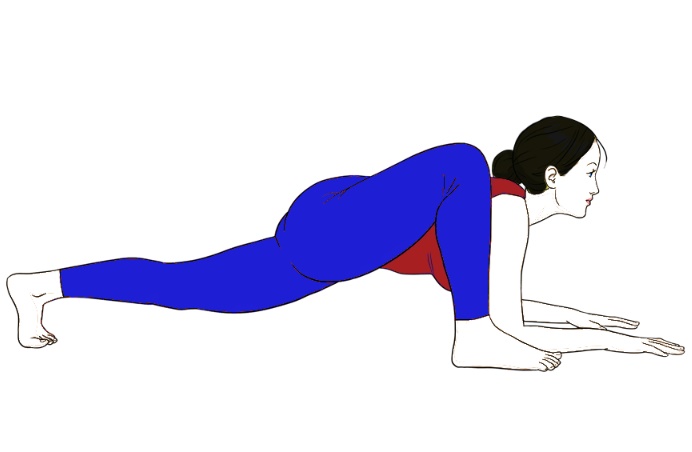 Utthan Pristhasana is made from the two combinations “Utthan Pristha”; and it is a Sanskrit word. In this Utthan stands for stretch out and the meaning of Pristha is the page of a book or Back of the body and Asana represents seat, pose or posture. While performing this pose, your body looks like the position of the Lizard. So that’s why this pose is called Lizard pose. It is a simple to do asana for learners and this Yoga pose is one of the vital poses in the Surya Namaskar (Sun Salutation). Utthan Pristhasana opens your chest, shoulders, and Hip and it has many variations.
Utthan Pristhasana is made from the two combinations “Utthan Pristha”; and it is a Sanskrit word. In this Utthan stands for stretch out and the meaning of Pristha is the page of a book or Back of the body and Asana represents seat, pose or posture. While performing this pose, your body looks like the position of the Lizard. So that’s why this pose is called Lizard pose. It is a simple to do asana for learners and this Yoga pose is one of the vital poses in the Surya Namaskar (Sun Salutation). Utthan Pristhasana opens your chest, shoulders, and Hip and it has many variations.